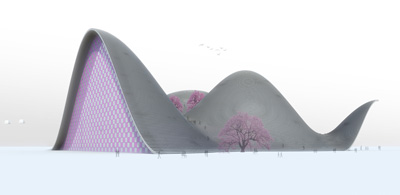
Project: Taipei City Museum of Art
Designed by Pikasch Architecture Studio, Budapest
Design Team: Designers: Arash Pirayesh, Joan CASTELLVI BOSCH
Client: New Taipei City Government
Site Area: 25,000 sqm
Project Area: 55,000 sqm
Location: Taipei, Taiwan
Website: www.pikasch.hu
Hungarian based practice Pikasch Architecture Studio creates a design for the Taipei City Museum taking in count both the surrounding landscape and the accessibility of the location. With various programs accompanying the exhibition areas they fully implement the art as lifestyle and lifestyle as art sentiment into the proposal.
For more images and architects description continue after the jump:
From the Architects:
Inspired by varied and complex geographical environment of Taipei city and in order to fit to playful topography and landscape of the provided site, this entry proposes a land form architecture where the building with it’s striking form not only blends into the existing landscape and paths, but also works as an attractive centre point and organizes the site with optimal consideration of given parameters. This organic and natural approach manifests a welcoming image and encourages the public to engage and celebrate „art as lifestyle” and „lifestyle as art”. Our lives are affected by the rapid development of our cities and people strive for natural qualities in their everyday life . The key for a strong magnet is to integrate art in a natural urban space where meanwhile people can experience a fusion of art.
This proposal suggests to integrate the transportation facility into the museum complex in order to ensure a comfortable and easy access and guaranty one uniform mass on the site and most importantly to take advantage of the frequent public flow and passive promotion of art. To achieve this the two plots are joined together while keeping the transportation facility at the required spot and fulfilling the maximum 40% footprint of the 25000 m2 combined plot.
Continuing Existing paths on the landscaped skin, one can enjoy the outdoor exhibition area and art park with an attractive central knot which has access to facilities.
At north where a bridge with a smooth inclination drives down pedestrians and cyclists from train station and district centre to the „museum square”, huge cantilevered skin marks the main entrance. The main entrance of museum is placed on north-south axis where public flows between train station and cable car facility. On the southern edge a secondary entrance mostly serves needs of cable car facility. The raised west corner is the building masses response to the Yingge centre and ceramic museum. The huge southern glazed facade of children museum relates to the confluence of the two rivers. There is no sign of objectifying the architecture formally toward east where only landscaped hills are.
The landscaped skin permits lots of light to the vegetated museum court yard street, yet at night glows and makes the complex the only lit mountain range in Taipei city landscape. The program is distributed along spaces between the four „pebbles” that hide under this landscaped skin. The two intermediate „pebbles” contain public services with direct public access on the first three floors and administration and cable car facility on the upper floors. Art museum and children museum are each housed in one of fully glazed side „pebbles” which open up at the centrally positioned museum courtyard square. The museum courtyard street is a covered protected urban corridor with extensive vegetation where even passer bys can hear, see, touch or feel art. The fact that each museum has it’s own entrance indicates that the whole complex can operate after museum opening hours independently.
As entering the lobby of each museum one can get a glimpse of the whole space. Then an attractive vertical circulation element at the other end of lobby invites visitors to explore the building. This element is always remembered as a reference point and helps people to orient themselves in the building. Functions that involve direct involvement of large groups of people such as class rooms, lecture hall, audio-visual rooms, etc. are placed in close vicinity of the lobby. Exhibition areas with varied head rooms are mainly settled in upper floors where can enjoy panoramic view to surrounding landscape and have bright spaces under the double skin shaded roof.
Logistics are placed on -1 floor where a logistic street crosses the building from west to east and is continued as service route on the east toward the park. All storages, mechanical rooms, loading/unloading, goods in/goods out, etc. on this level are connected to the vertical core of each „pebble”. The two other underground floors are dedicated to parking area for both museum and transportation facility.




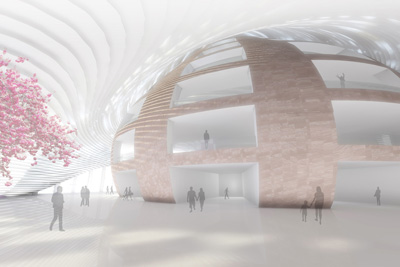
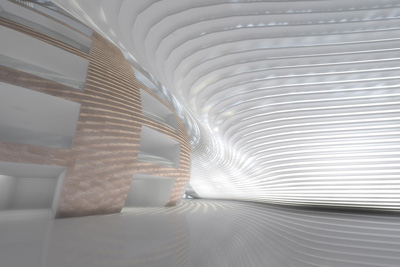
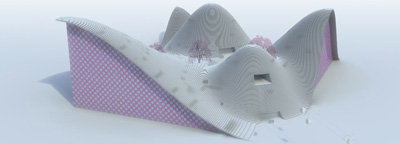
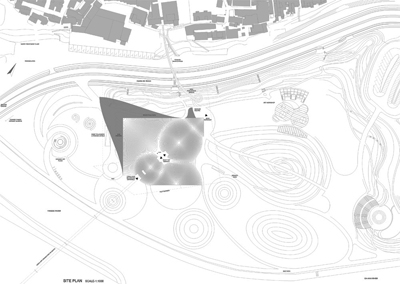
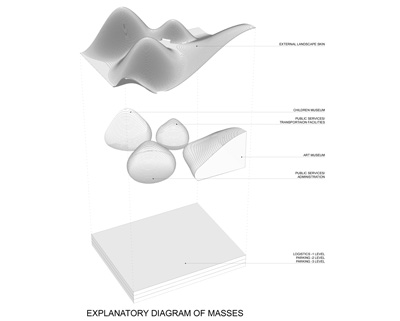
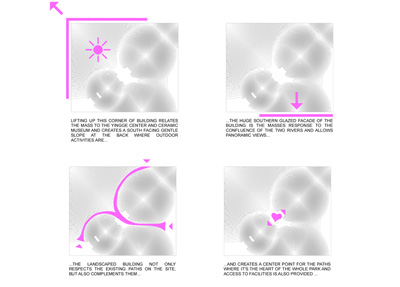
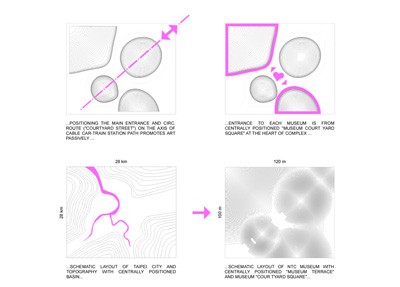
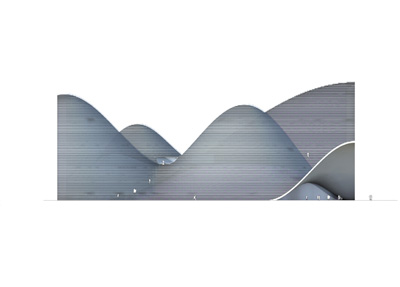
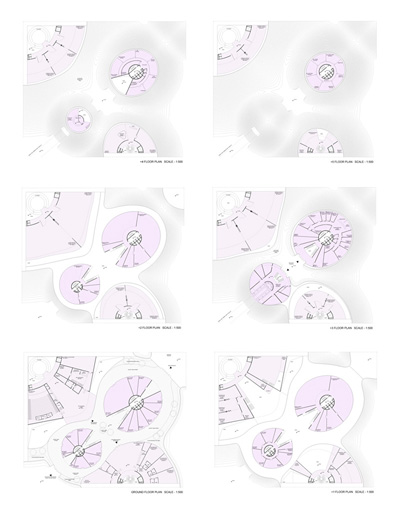
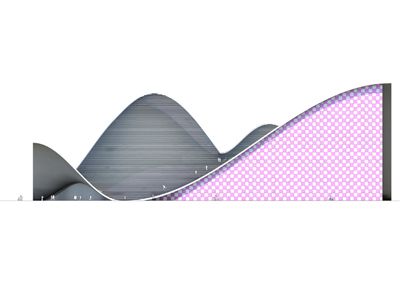
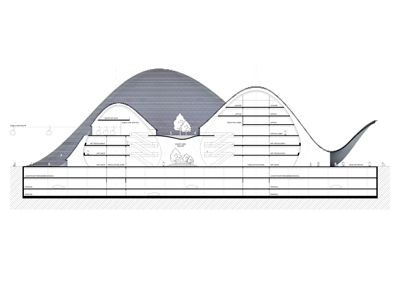


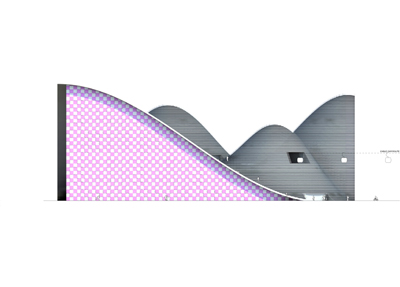
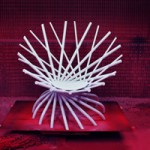

2 Comments
2 Pings & Trackbacks
Pingback:Taipei City Museum of Art by Pikasch Architecture Studio | creative inspirations | Scoop.it
Pingback:Pikasch Architecture Studio's Design for The Taipei City Museum